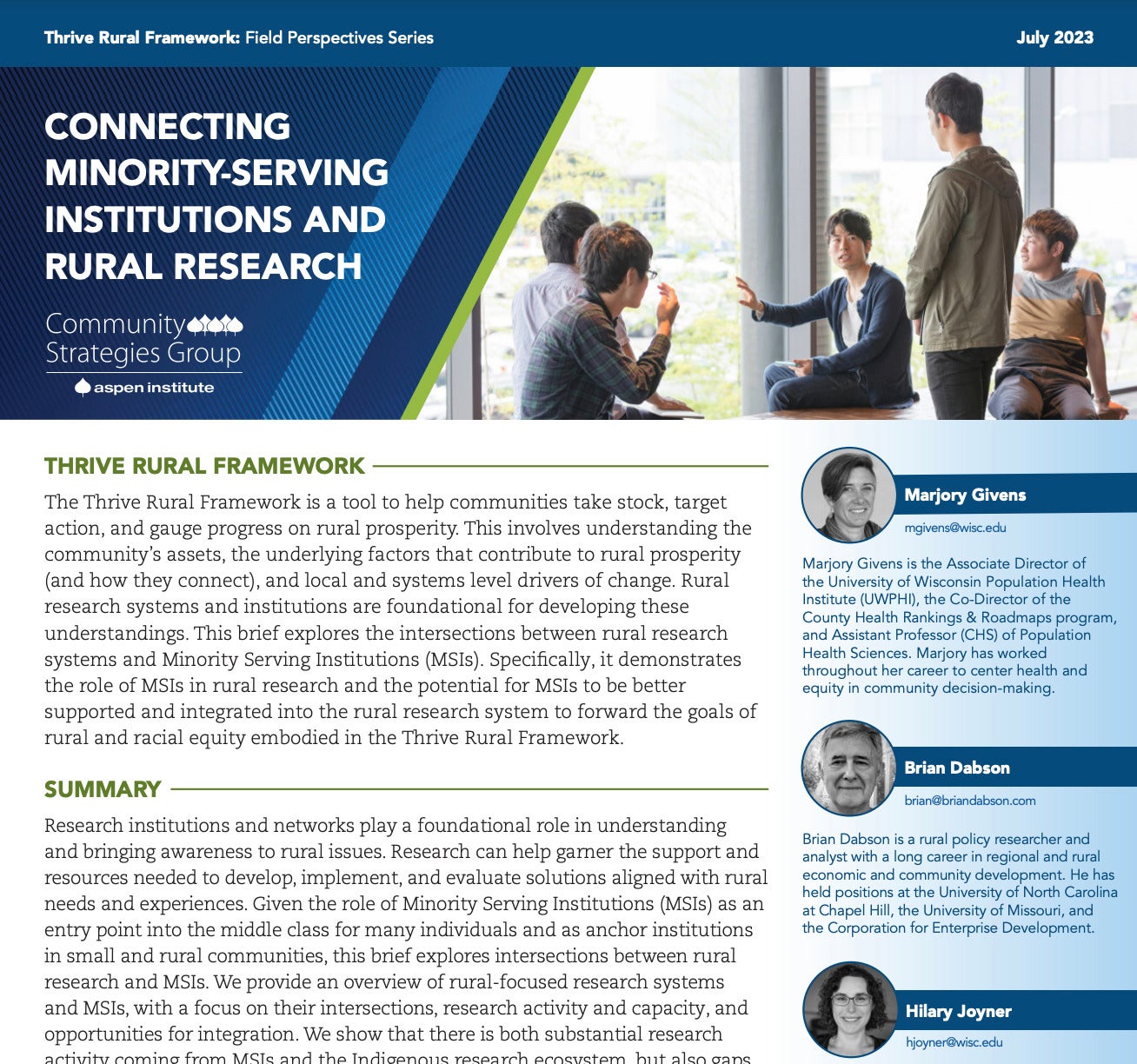With massive open online courses—or MOOCs—and other forms of technology-driven instruction taking center stage, national and state-level conversations about higher education seem to be paying less and less attention to the people with primary responsibility for delivering education across institutions: professors and instructors. But, whether in the traditional classroom or through on-line, college teaching and learning is still largely led by faculty, who devise curricula, deliver instruction, and assess student performance.
At the same time, state and federal demands are increasing for colleges to achieve higher graduation rates, deliver more students with job-ready skills, and increase productivity while tightening their belts. And while some institutions have made progress in rallying faculty around the goal of creating more degrees of higher quality at a lower cost, most leaders understand that—to reach their institution’s student success goals—they need many more faculty and staff on board.
Today, with the release of “Building a Faculty Culture of Student Success,” the Aspen Institute’s College Excellence Program describes how community colleges with high and improving student success rates have developed unusually broad commitments among faculty to improve student outcomes. Drawing on examples from Aspen Prize-winning and-eligible colleges, this report distills what several community colleges have done to improve teaching and learning and, in turn, graduation rates. Profiled in this guide are:
• The unique tenure process at 2011 Prize winner Valencia College (FL), which is centered on professors creating plans to improve their teaching practice, conducting “action research” to test new ways of teaching, and reporting results to fellow faculty and the tenure review committee.
• The strong learning assessments—at the course, program and college-wide levels—in place at Aspen Prize finalist-with-distinction West Kentucky Community and Technical College. The College’s efforts have led, for example, to new, more effective methods of teaching students reading skills across disciplines.
• The Master Teacher Program at Pierce College at Fort Steilacoom (WA), a professor induction program which, as part of the union contract, boosts base salaries by $2,500 for those who complete the year-long professional training.
• The shift to engaged, hands-on teaching across departments at Patrick Henry Community College (VA). This has coincided with a steady and dramatic increase in graduation rates, which nearly doubled over a recent five-year period.
The colleges profiled in this guide could not be more different, ranging from an urban, 55,000 student college to a rural one serving 5,000 students; from a college where almost half of the students are African-American or Hispanic to another with a more homogenous student body and over half on Pell grants; from a college with a strong union and system of tenure to another that has neither. Through these contexts, each college has developed a strong faculty culture and an unusually high graduation rate.
Our hope is that other institutional leaders—in community colleges and four-year colleges and universities alike—with find something in this guide that will help them more fully engage their faculties: perhaps the most important potential ally in achieving higher levels of student success.

